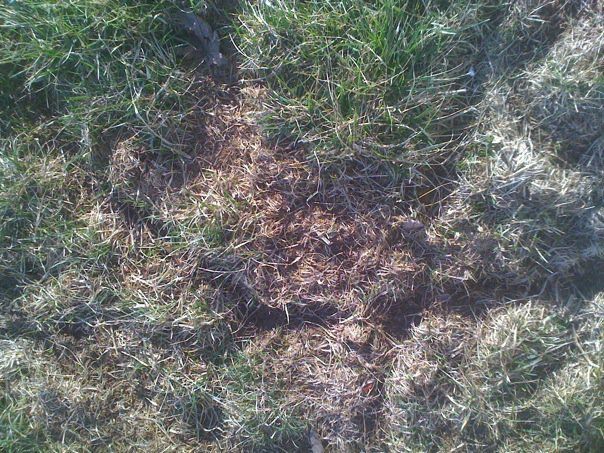555-555-5555
mymail@mailservice.com
Call us for mole removal.
Moles
The mole we have in this area of the country is the eastern mole, it is an insectivore, not a rodent, it is related to shrews and also bats. True moles may be distinguished from meadow mice (voles), shrews, or pocket gophers-with which they are often, confused-by noting certain characteristics. They have a hairless, pointed snout extending nearly 1/2 inch (1.3cm) in front of the mouth opening. The small eyes and the opening of the ear canal are concealed in the fur; there are no external ears. The forefeet are very large and broad, with palms wider than they are long. The toes are webbed to the base of the claws, which are broad and depressed. The hind feet are small and narrow, with slender, sharp claws. The mole lives in the seclusion of underground burrows, coming to the surface only rarely, and then often by accident.
Researchers believe that the mole is a loner. On several occasions two or even three moles have been trapped at the same spot, but that does not necessarily mean they had been living together in a particular burrow. Networks of runways made independently occasionally join otherwise separate burrows. Three to five moles per acre is considered a high population for most areas in the Great Plains.
The mole is not a social animal. Moles do not hibernate but are more or less active at all seasons of the year. They are busiest finding and storing foods during rainy periods in summer. Moles remove many damaging insects and grubs from lawns and gardens. However, their burrowing habits disfigure lawns and parks, destroy flower beds, tear up the roots of grasses, and create havoc in small garden plots.
The number of mole hills is not a measure of the number of moles in a given area. Surface tunnels or ridges are indicative of mole activity. Because moles feed largely on insects and worms the use of certain insecticides may reduce their food supply, causing them to leave the area. However, before doing so they may increase their digging in search of food, increasing damage to turf or garden areas. Also depleting lawns of earthworms can be damaging to your grass.
Some electronic, magnetic and vibrational devices have been promoted as being effective in frightening or repelling moles. None, however, have been proven effective. No Chemical products are registered or effective for repelling moles. Borders of Marigolds may repel moles from gardens, although this method has not been scientifically tested.
Trapping is the most successful and practical method of getting rid of moles. Success or failure in the use of these devices depends largely on the operator’s knowledge of the mole’s habits and the trap mechanism.
We can “get rid of moles” we do it every day! Give us a call and find out how easy you can be mole free!!

Slide title
Write your caption hereButton
All Rights Reserved | ABSOLUTE Animal and Pest Control
website design by: eG insightDesign
